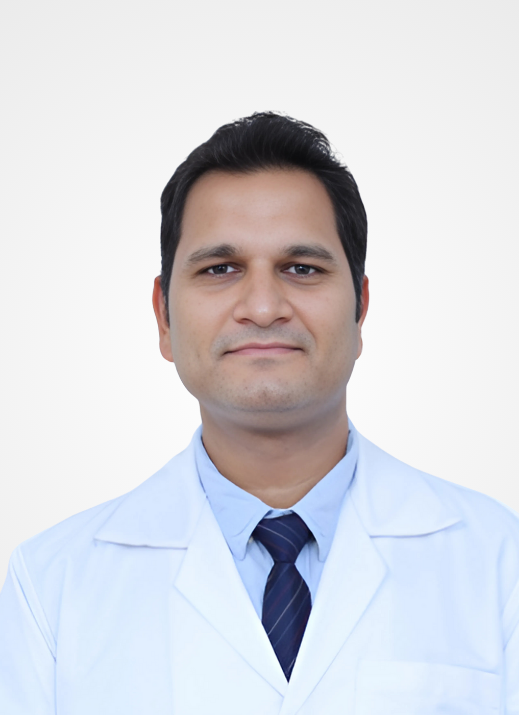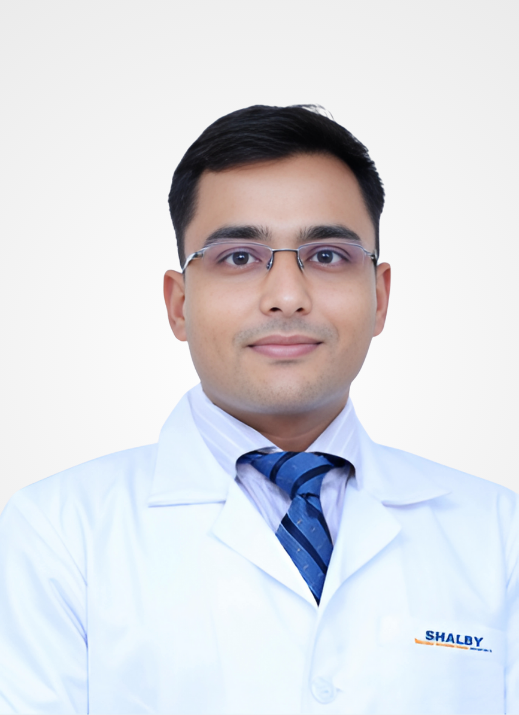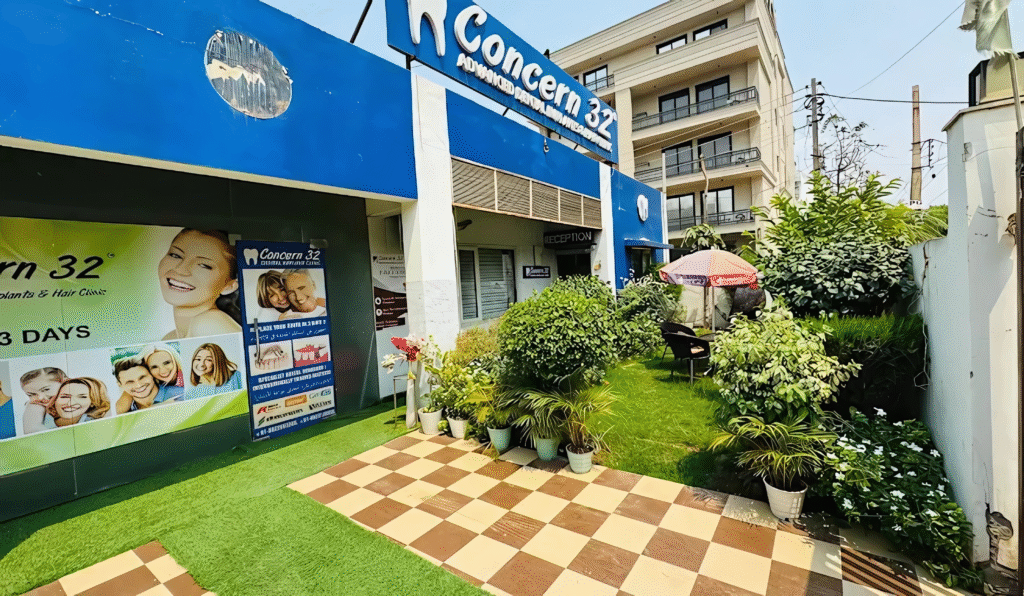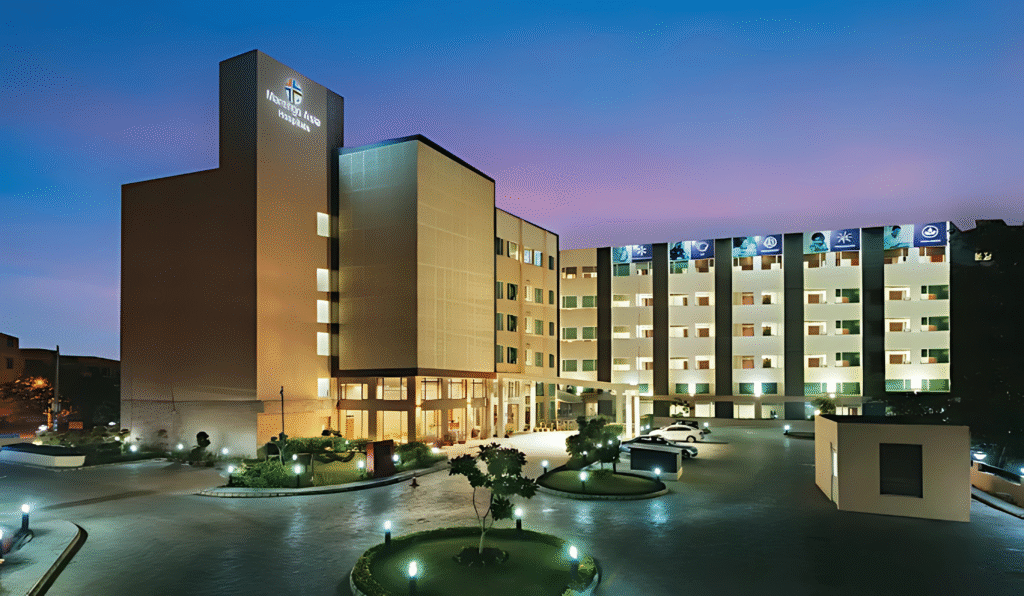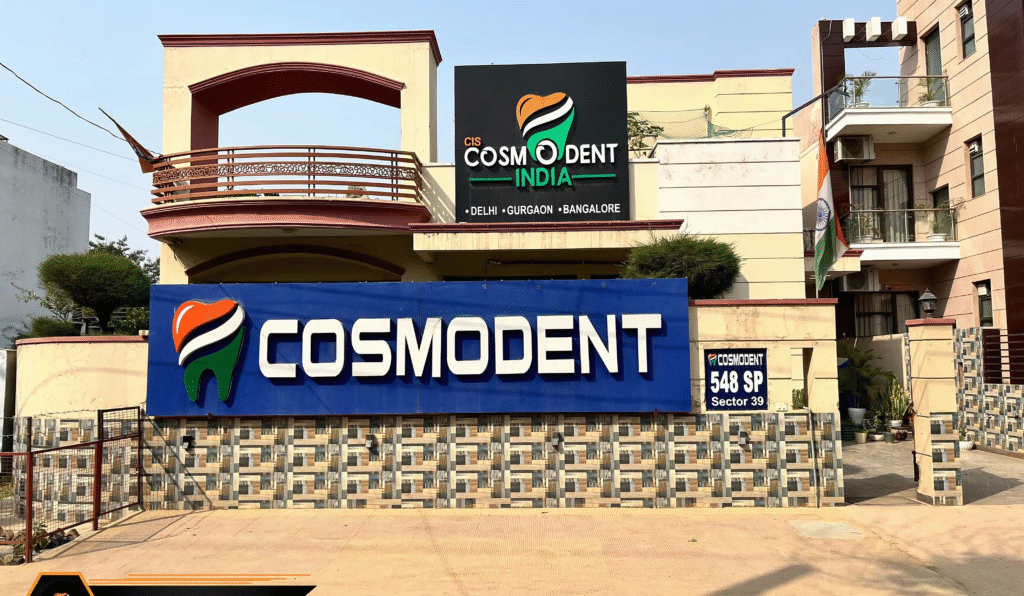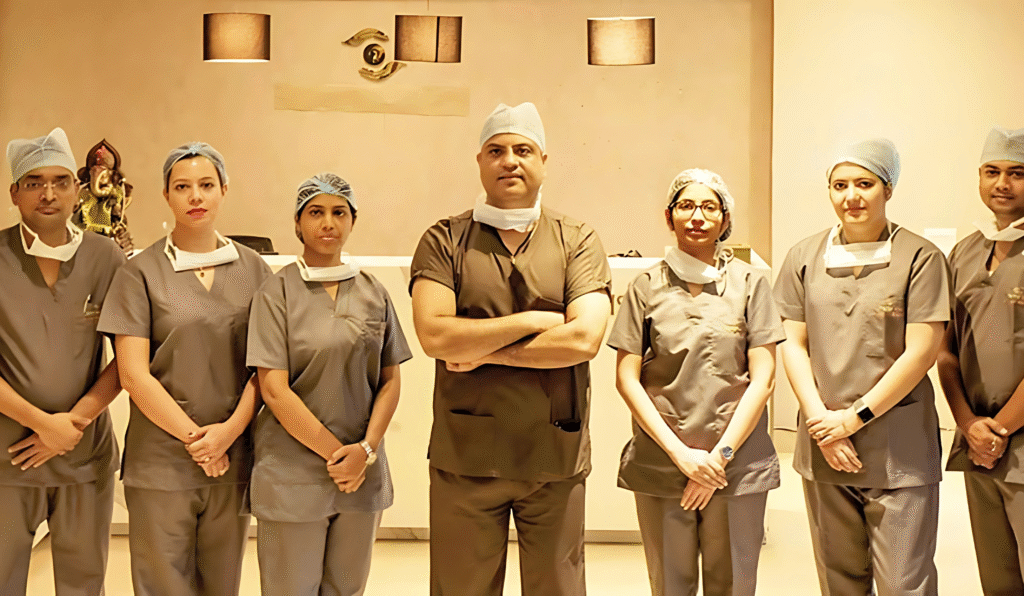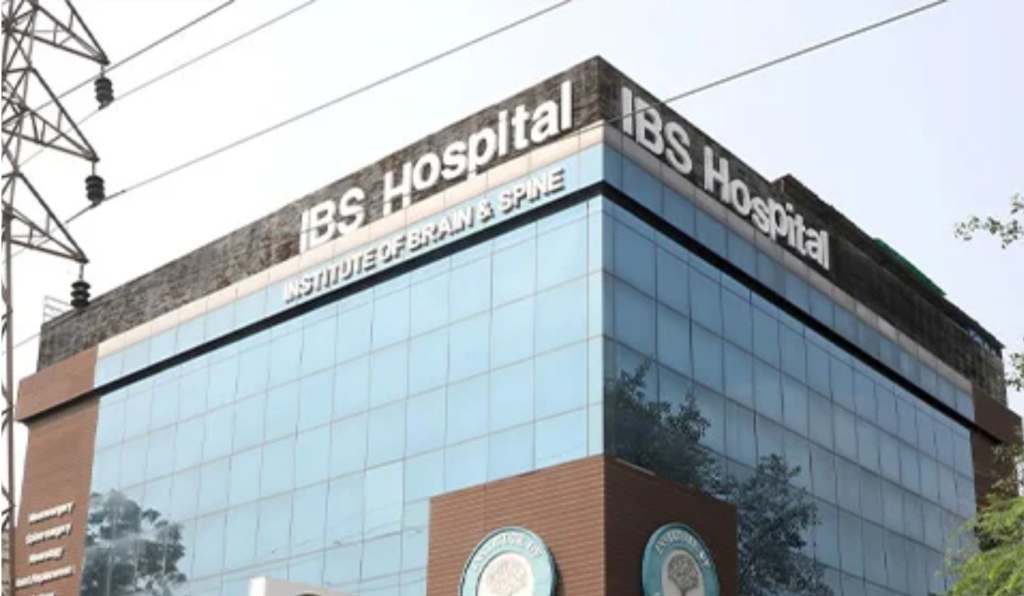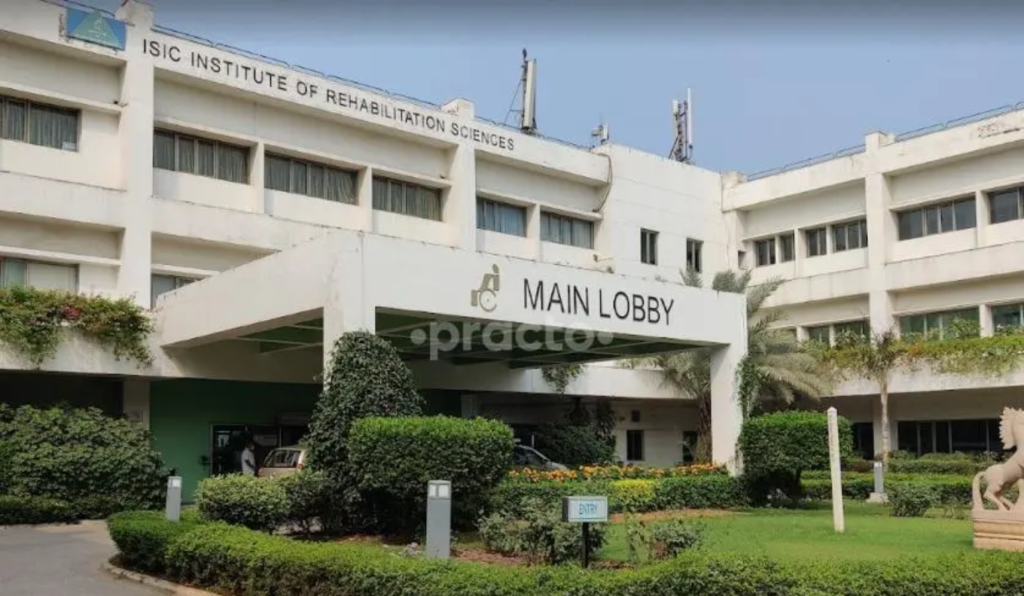Congenital & Developmental Bone Disorders Treatment Cost in India

What are Congenital & Developmental Bone Disorders?
These disorders are present at birth or develop during a child’s growth period and include a variety of skeletal abnormalities. Examples include congenital hip dysplasia, clubfoot, osteogenesis imperfecta (brittle bone disease), and skeletal dysplasias like achondroplasia.
These conditions can lead to deformities, growth disturbances, and functional limitations. Early intervention through physical therapy, bracing, or surgery can help manage symptoms and improve mobility and quality of life.
How Do Congenital & Developmental Bone Disorders Develop?
Congenital and developmental bone disorders develop due to genetic mutations, intrauterine factors, or disrupted growth during childhood. Conditions such as clubfoot, developmental dysplasia of the hip (DDH), and osteogenesis imperfecta affect the formation and alignment of bones and joints, often visible from birth or early childhood.
These disorders may arise from abnormal cartilage development, faulty bone mineralization, or disrupted joint formation. Some, like Blount’s disease or Perthes disease, develop progressively during growth years and require early intervention. Without proper diagnosis and treatment, these conditions can impair mobility, cause deformities, and lead to early-onset arthritis or permanent disability.
Causes and Risk Factors of Congenital & Developmental Bone Disorders
Congenital and developmental bone disorders arise primarily from genetic mutations or abnormalities during early fetal growth. These disorders affect bone formation, strength, and structure from birth or in early childhood. While most are inherited, some may occur spontaneously due to random genetic changes.
Genetic Mutations and Inherited Disorders
Many congenital bone disorders are linked to mutations in genes responsible for bone growth and collagen formation. These may be inherited in an autosomal dominant or recessive pattern, or occur as spontaneous mutations.
- Mutations in the COL1A1 or COL1A2 gene cause Osteogenesis Imperfecta.
- FGFR3 gene mutations result in Achondroplasia.
- Family history significantly increases the likelihood of these conditions.
Fetal Developmental Abnormalities
Disruptions in normal fetal development can lead to skeletal deformities or growth issues. These may result from genetic errors, environmental exposures, or unknown causes.
- Abnormal ossification during gestation
- Poor placental function or intrauterine growth restriction
- Exposure to teratogens or certain medications during pregnancy
Environmental and Maternal Factors
While most causes are genetic, certain maternal or environmental influences can raise the risk of developmental bone issues in a fetus.
- Maternal malnutrition, particularly deficiency of Vitamin D or calcium
- Exposure to radiation, alcohol, or harmful chemicals during pregnancy
- Infections during pregnancy, such as rubella, can sometimes interfere with bone development
Symptoms of Congenital & Developmental Bone Disorders
Congenital and developmental bone disorders can vary widely depending on the specific condition, but they typically present early in life and affect the growth, shape, or strength of bones. These symptoms may be apparent at birth or become more noticeable as a child grows.
Common Symptoms Include:
- Abnormal Bone Shape or Size
Some conditions, like achondroplasia, cause shortened limbs, bowing of the legs, or a disproportionately large head. - Delayed Growth and Development
Children may show slower physical growth, delayed milestones, or short stature compared to peers. - Frequent Fractures or Weak Bones
Disorders like osteogenesis imperfecta can lead to bones that fracture easily, even from minimal trauma. - Joint Deformities or Stiffness
Conditions such as developmental dysplasia of the hip (DDH) or clubfoot may affect joint mobility or positioning. - Spinal Abnormalities
Curvatures like scoliosis or kyphosis may be present, often progressing as the child grows. - Limb Length Discrepancy
One limb may grow longer than the other, affecting balance and movement. - Pain or Difficulty with Movement
In some cases, the affected child may experience joint or bone pain, fatigue, or difficulty walking or standing.
Early diagnosis and intervention are essential for managing these disorders, often involving pediatric orthopedists, physiotherapy, and sometimes surgical correction.
Types of Congenital & Developmental Bone Disorders
Congenital and developmental bone disorders are conditions that arise due to genetic mutations, inherited traits, or abnormalities during fetal development. These disorders can lead to skeletal deformities, abnormal bone growth, or compromised bone strength from birth or early childhood. Some conditions are apparent at birth, while others become noticeable as the child grows. Early diagnosis and intervention are critical to managing mobility issues and improving quality of life.
Osteogenesis Imperfecta, also known as brittle bone disease, is a genetic disorder characterized by extremely fragile bones that break easily. It is caused by a mutation affecting collagen production, a key protein in bone structure. There are several types, ranging from mild to severe. Treatment focuses on preventing fractures, physical therapy, and surgical interventions such as rodding surgeries to strengthen bones.
Achondroplasia is the most common form of dwarfism and results from a genetic mutation affecting bone growth, particularly in the long bones of the arms and legs. Individuals typically have short stature, a prominent forehead, and spinal curvature issues. Although intelligence and life expectancy are generally normal, orthopedic and neurological complications may require surgical and therapeutic management.
MHE is a genetic disorder where multiple benign bone tumors (osteochondromas) develop near the growth plates of long bones. These growths can cause pain, limb deformities, and impaired joint movement. While benign, they may require surgical removal if they interfere with normal function or cause cosmetic concerns. Regular monitoring is essential, especially during childhood growth spurts.
Fibrous Dysplasia – Bone is replaced with fibrous tissue, leading to deformities and fractures.
Metaphyseal Dysplasia – Affects the metaphysis (growth region) of bones, causing short stature and skeletal abnormalities.
Diastrophic Dysplasia – A rare form of dwarfism causing joint contractures and scoliosis.
Cleidocranial Dysplasia – Affects development of bones in the skull, collarbone, and teeth, often inherited in an autosomal dominant pattern.
Which Type of Congenital & Developmental Bone Disorder is Most Dangerous?
Among congenital and developmental bone disorders, Osteogenesis Imperfecta (Type II) is considered the most dangerous. This severe form often leads to multiple fractures even before birth, respiratory complications, and can be life-threatening in infancy. Its impact on both bone integrity and vital functions makes it the most critical to manage early and intensively.
Why Choose India for Orthopaedic Treatment?
India has emerged as a global hub for advanced orthopaedic care, attracting thousands of international patients each year. With a unique blend of medical excellence, cutting-edge technology, and cost-effective treatment, India offers unmatched advantages for those seeking relief from joint disorders, spinal conditions, fractures, nerve compression syndromes, and more. Whether it’s a complex surgical intervention or conservative therapy, patients receive world-class care tailored to their individual needs. Here’s why India stands out as a preferred destination for orthopaedic treatments.
India is home to some of the most experienced and internationally trained orthopaedic specialists. Many surgeons have trained in top global institutions and bring extensive expertise in managing complex cases—ranging from osteoarthritis and fractures to congenital and developmental bone disorders.
Indian hospitals offer state-of-the-art facilities equipped with cutting-edge imaging, robotic surgery, arthroscopy units, and minimally invasive surgical technologies. Dedicated orthopaedic departments ensure focused treatment for ailments like spinal disorders, ligament tears, and bone density issues.
India offers world-class orthopaedic care at a fraction of the cost compared to Western countries. Treatment plans—including surgery, rehabilitation, physiotherapy, and follow-ups—are bundled into affordable, transparent packages, making high-quality care accessible to international patients.
Unlike many countries where patients face long waiting periods for orthopaedic procedures, India ensures prompt consultations, diagnostics, and surgeries. This significantly reduces disease progression and enhances recovery outcomes.
India is a global leader in medical tourism, offering:
✔ Dedicated international patient coordinators
✔ Medical visa assistance for easy travel
✔ Affordable accommodation & travel support
✔ Multilingual staff, including English-speaking doctors
This ensures a smooth and hassle-free experience for foreign patients traveling to India for treatment.
Indian hospitals emphasize treatment and post-operative rehabilitation. Personalised physical therapy plans, nutritional counseling, and long-term follow-up care help restore mobility and improve overall quality of life after treatment.
Different Treatments for Congenital & Developmental Bone Disorders
Congenital and developmental bone disorders refer to a range of skeletal abnormalities present at birth or that manifest during early growth. These conditions—such as clubfoot, developmental dysplasia of the hip (DDH), and limb length discrepancies—often require early intervention to prevent long-term functional and structural complications. Treatments are tailored based on the severity, age of the child, and the specific disorder. Non-surgical methods are usually preferred in early stages to guide natural correction and optimize development.
How It Works:
Casting involves immobilizing a limb or joint in a specific position to gradually correct deformities or support healing in malformed bones or joints.
When It’s Used:
For conditions like clubfoot or infantile scoliosis
Immediately after birth or during early childhood
As the first step before considering surgical correction
Benefits:
Non-invasive and cost-effective
Encourages gradual anatomical correction
Painless when applied properly
How It Works:
Braces are orthotic devices used to hold bones or joints in alignment during growth, preventing further deformity or guiding natural correction.
When It’s Used:
In scoliosis, bow legs, or hip dysplasia
Post-casting to maintain correction
During early to middle stages of skeletal growth
Benefits:
Provides ongoing support during active development
Can prevent the need for surgery
Adjustable and customizable for growth
How It Works:
Therapeutic exercises, manual techniques, and assistive movement training help improve joint mobility, muscle strength, and coordination in affected children.
When It’s Used:
After casting or surgery for rehabilitation
In conditions like muscular dystrophy or cerebral palsy-related bone deformities
As part of long-term developmental support
Benefits:
Enhances mobility and function
Promotes independence and self-care skills
Reduces risk of joint stiffness and muscle contracture
How It Works:
Targeted exercise routines are designed to correct posture, alignment, and movement deficiencies related to congenital skeletal issues.
When It’s Used:
In mild deformities like flatfoot or limb length discrepancies
As home-based or therapist-guided programs
Throughout growth to prevent worsening deformities
Benefits:
Non-invasive and easily incorporated into daily routines
Encourages muscle balance and healthy biomechanics
Prevents complications related to inactivity
Different Procedures for Congenital & Developmental Bone Disorders
Surgical procedures for congenital and developmental bone disorders are usually considered when non-surgical methods like casting or bracing are ineffective or when the deformity is too severe to be corrected conservatively. These procedures aim to restore functionality, improve alignment, and enhance the quality of life in growing children. Advances in pediatric orthopedics have made it possible to perform complex corrections with minimal disruption to growth plates and surrounding tissues.
How It Works:
Osteotomy involves cutting and realigning a bone to correct deformities. This surgical adjustment allows for better alignment, length, or angulation to restore normal function and appearance.
When It’s Used:
In angular deformities like knock knees or bow legs
For hip dysplasia or limb length discrepancy
When bracing or casting hasn’t corrected alignment
Benefits:
Permanent correction of skeletal deformity
Prevents long-term joint damage or arthritis
Allows the child to regain full function and mobility
How It Works:
This procedure gradually lengthens a limb by cutting the bone and using a mechanical or motorized device (like an external fixator or internal nail) to stimulate new bone growth.
When It’s Used:
For congenital limb length discrepancies
In children with growth plate injuries or deformities
When the difference in limb length affects walking or posture
Benefits:
Creates equal limb lengths over time
Improves gait and weight distribution
Enhances physical symmetry and quality of life
How It Works:
Hip reconstruction may involve reshaping or repositioning the hip joint structures to correct dysplasia or dislocation, improving joint stability and function.
When It’s Used:
In cases of developmental dysplasia of the hip (DDH)
After failed bracing or casting treatments
In older children or those with neglected hip issues
Benefits:
Stabilizes the hip joint permanently
Prevents long-term disability and pain
Allows better growth and mobility of the hip
How It Works:
These procedures use small incisions, advanced imaging, and specialized instruments to correct deformities with minimal trauma to surrounding tissues.
When It’s Used:
For early correction of clubfoot, limb deformities, or bone cysts
In young children where scarring and recovery time are concerns
When precision and minimal disruption are priorities
Benefits:
Less pain and quicker recovery
Minimal scarring
Lower risk of complications compared to traditional open surgery
How It Works:
Robotic systems provide enhanced precision during bone correction or joint alignment surgeries, allowing for more accurate and consistent results tailored to pediatric anatomy.
When It’s Used:
In complex deformities requiring high precision
When planning detailed corrections in growing children
As an adjunct to osteotomy or reconstruction
Benefits:
Enhanced accuracy and safety
Reduced surgical error and reoperation rates
Improved alignment and functional outcomes
Other Advanced Procedures and Costs
Children born with congenital or developmental bone disorders may require specialized procedures that go beyond traditional surgical corrections. These advanced interventions use cutting-edge techniques and technologies to address complex skeletal abnormalities with greater precision and better long-term outcomes. They are particularly valuable in managing rare conditions, multi-limb deformities, or disorders affecting bone growth and alignment.
Advanced 3D printing technology is used to create patient-specific implants and prosthetics that match a child’s unique anatomy. These are especially beneficial in complex reconstructions where standard implants are inadequate.
Tailored to match the exact size and shape of the child’s bones
Used in severe congenital deformities or tumor resections
Reduces complications related to implant misfit or poor alignment
These procedures control the growth of one part of a bone to gradually correct deformities over time. Techniques like guided growth surgery involve placing plates or screws to influence how the bone grows naturally.
Ideal for children with angular deformities (e.g., bow legs, knock knees)
Performed during active growth periods
Minimally invasive with faster recovery than full osteotomy
A step ahead of traditional limb lengthening, internal devices (like motorized nails) allow for gradual bone distraction without external fixators, making the process more comfortable and cosmetically appealing for children.
Used in severe limb length discrepancies
Less visible and more hygienic than external fixators
Reduces infection risk and improves patient comfort
While still largely experimental, genetic therapies aim to correct or compensate for inherited skeletal abnormalities at the molecular level. This emerging field holds promise for treating conditions like osteogenesis imperfecta and achondroplasia.
Potentially addresses root cause of bone disorder
Ongoing clinical trials in specialized centers
May reduce need for multiple surgeries in future
Advanced imaging and navigation systems are used during surgery to map the deformity in real time, allowing precise placement of implants or bone corrections—especially helpful in spinal and pelvic deformities.
Improves accuracy in complex pediatric surgeries
Reduces surgical time and risk of complications
Enhances long-term alignment and function
Best Doctors for Congenital & Developmental Bone Disorders Treatment in India
Best Hospitals for Congenital & Developmental Bone Disorders Treatment in India
Med Travel India Offerings
How does Med Travel India help you?
Med Travel India is dedicated to assisting international patients in accessing high-quality Orthopaedic treatment in India. We ensure a seamless medical journey from selecting the best hospitals to providing logistical support. Our team works closely with top doctors and healthcare facilities to offer personalised treatment plans tailored to each patient’s condition.
We take care of every aspect of medical travel, allowing patients to focus solely on their recovery. Below is a list of services provided by our company:
Services offered by Med Travel India

Seamless Planning for Your Medical Journey
Before you even arrive, we take care of all the groundwork. From connecting you with top specialists to ensuring all necessary medical evaluations are completed, we make your journey stress-free. Our goal is to provide clarity and comfort before your treatment begins.
- Free Medical Consultation
- Personalized Treatment Plan
- Estimated Cost & Duration
- Visa Assistanc
- Second Opinion Service
- Pre-Arrival Coordination
Worry-Free Travel & Comfortable Stay
We ensure that your journey to India is as smooth as possible. From booking your flights to arranging a comfortable stay near your hospital, we handle everything so you can focus on your health.
- Flight Booking Assistance
- Accommodation Booking
- Airport Pickup & Drop
- Language Interpretation Services
- Local Transport Arrangements
- Currency Exchange Support


World-Class Medical Care, Personalized for You
We ensure that your medical treatment is well-organized and efficient. Our team works closely with hospitals to facilitate smooth admissions, consultations, and procedures, ensuring you receive top-quality healthcare.
- Priority Appointment Scheduling
- Direct Hospital Admission
- Specialist Doctor Assignment
- Pharmacy & Medical Supplies
- Hospital Admission & Discharge Support
- 24/7 Customer Assistance
Continued Support for a Speedy Recovery
Your health journey doesn’t end after treatment. We provide post-procedure assistance to ensure a smooth recovery, whether you stay in India for rehabilitation or return home.
- Post-Surgical Care Coordination
- Rehabilitation & Physiotherapy
- Virtual Doctor Consultations
- Diet & Lifestyle Guidance
- Extended Stay Arrangements
- Post-treatment Medical Supplies


Beyond Healthcare, A Comfortable Experience
We offer additional services to make your stay in India comfortable and enriching, ensuring that your well-being is cared for beyond the hospital.
- Medical Insurance Settlement Help
- SIm Card Assistance
- Customized Sightseeing Tours
- Medical Document Assistance
- Personalized Assistance for Family Members
- Concierge Services


